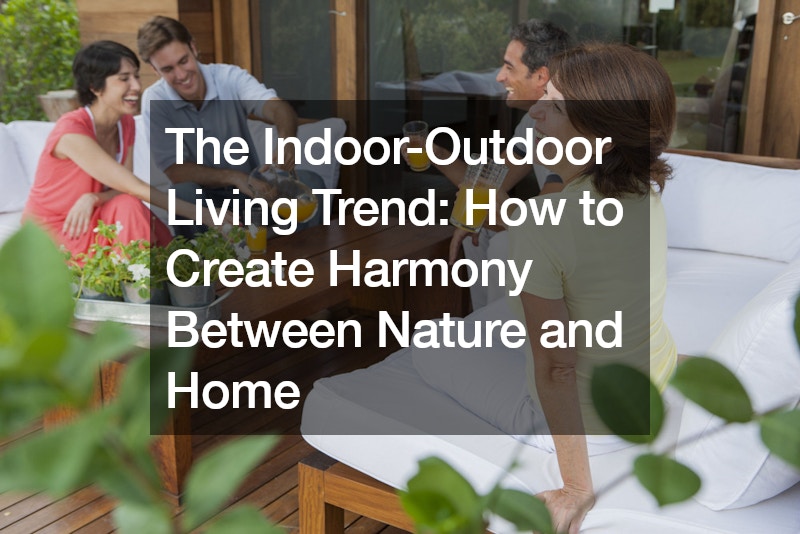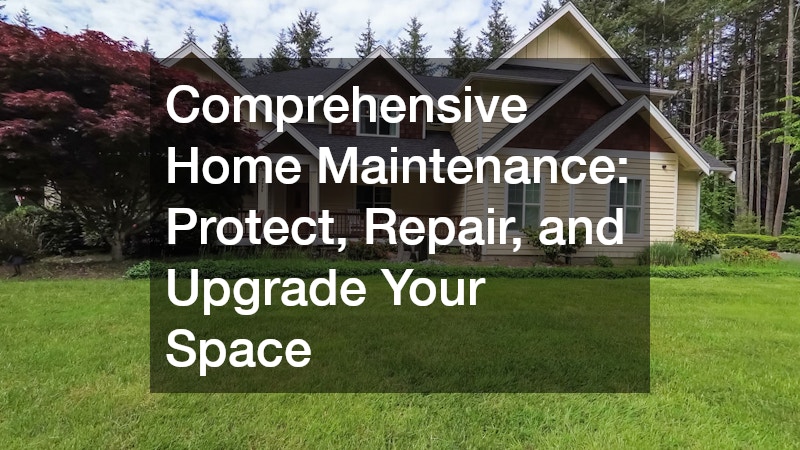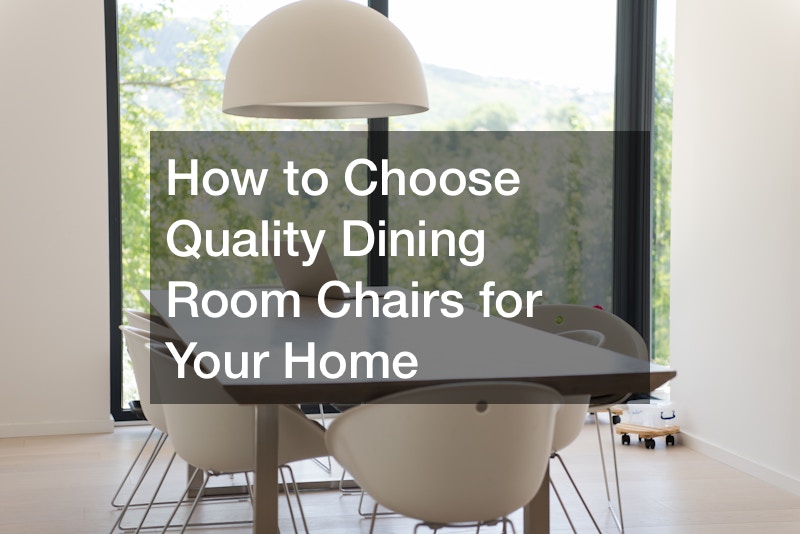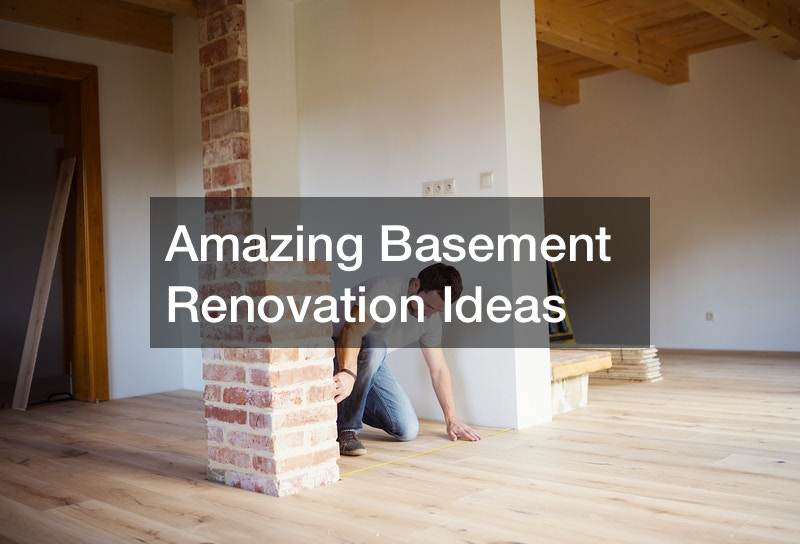
The indoor-outdoor living trend has become increasingly popular as homeowners seek to blend the comforts of indoor spaces with the beauty and tranquility of the outdoors. This trend not only enhances the aesthetic appeal of a home but also fosters a healthier and more connected lifestyle by encouraging regular interaction with nature. This comprehensive guide explores how to seamlessly integrate indoor and outdoor living spaces to create a harmonious environment that enhances both the home’s functionality and its connection to the natural world.
Understanding the Concept of Indoor-Outdoor Living
Indoor-outdoor living is defined by deliberate design and the seamless integration of spaces that merge indoor comforts with outdoor elements. This architectural concept prioritizes creating a smooth transition between interior and exterior environments, thus enriching the living experience through expanded usable areas and fostering a deeper connection with the natural surroundings.
The concept of indoor-outdoor living saw a significant rise during the COVID-19 pandemic as people sought ways to adapt their homes to accommodate new lifestyles and safety concerns. With lockdowns and social distancing measures in place, a well-thought-out outdoor living space was considered a safe haven for relaxation, recreation, and socialization. The desire for fresh air, sunlight, and nature’s calming influence became more pronounced as people spent extended periods at home.
Architects and designers responded by emphasizing the integration of indoor and outdoor spaces in residential designs. This trend not only addressed the practical need for more versatile living areas but also catered to the emotional and psychological well-being of homeowners seeking to mitigate the effects of isolation and uncertainty. With seamless transitions between indoor and outdoor environments, homes became more adaptable to varying needs and activities, from remote work setups to leisure pursuits and family gatherings.
Designing Functional Outdoor Spaces

Designing functional outdoor spaces is essential for fully embracing the indoor-outdoor living trend. Whether it’s creating expansive decks and patios or crafting intimate garden retreats, these spaces require meticulous planning to optimize usability and enhance the overall living experience.
Deck
Envision a spacious deck that extends directly from the living room, featuring comfortable seating arrangements and perhaps a built-in fire pit for cozy gatherings on cool evenings. This setup not only encourages outdoor relaxation but also serves as an extension of indoor entertaining spaces during warmer months. A skilled deck builder plays a crucial role in transforming your outdoor area into a versatile hub that seamlessly integrates with your home’s interior.
Garden Nook
For those with smaller outdoor areas, consider transforming a neglected corner into a lush garden nook with strategically placed benches, ambient lighting, and vertical greenery. This cozy retreat offers a private oasis for reading or enjoying morning coffee amidst nature.
Seamless Transitions with Doors and Windows
Doors and windows play a pivotal role in achieving seamless transitions between indoor and outdoor spaces. When integrating these elements, consider the practical aspects of placement and design. Ensure that doors and windows are strategically positioned to enhance airflow and optimize energy efficiency. Most importantly, choose materials and finishes that complement the home’s architectural style while offering durability and ease of maintenance.
Sliding Glass Doors
Imagine a contemporary living room that opens seamlessly onto a spacious patio through expansive sliding glass doors. This design not only floods the interior with natural light but also creates a sense of expansive openness, blurring the boundaries between indoor comfort and outdoor serenity. Professional custom doors installation can further tailor these transitions to meet specific aesthetic and functional requirements, ensuring a perfect fit with the home’s architectural style and enhancing overall energy efficiency.
Floor-to-Ceiling Windows
For homes with panoramic views, consider installing floor-to-ceiling windows that frame picturesque landscapes. These large-scale windows not only maximize daylight but also serve as visual anchors, emphasizing the home’s connection to its natural surroundings.
Utilizing windows and window shades can seamlessly blend indoor and outdoor living spaces, creating a versatile and inviting environment. Large windows serve as a bridge between the interior of your home and the natural world outside, allowing ample natural light to flood your living areas while providing stunning views of the outdoors. When paired with the right window shades, these windows can enhance the functionality and aesthetic appeal of your space.
Window shades offer the flexibility to control light and privacy according to your needs. During the day, sheer window shades can filter sunlight, reducing glare while still maintaining a connection with the outside. In the evening, blackout shades can provide privacy and block external light, ensuring a comfortable indoor atmosphere. Motorized window shades add a touch of convenience, allowing you to adjust them with the touch of a button.
For those who enjoy an open-air feel, retractable window shades can transform your space effortlessly. They can be drawn up to create an expansive, unobstructed view and drawn down to provide shade and shelter when needed. This adaptability makes them perfect for patios, sunrooms, and other transitional areas that merge indoor and outdoor living.
Incorporating window shades thoughtfully can significantly enhance your home’s ambiance, providing a harmonious balance between the comfort of indoor living and the beauty of the outdoors.
Choosing Materials for Continuity

Creating a seamless flow between indoor and outdoor spaces relies heavily on the choice of materials, which should blend harmoniously in both aesthetic and practical terms. From seamless flooring selections to exterior finishes, choosing durable materials capable of withstanding varying weather conditions is essential for maintaining a cohesive design theme throughout the entire home.
Porcelain Tiles
Known for their resilience and diverse aesthetic options, porcelain tiles can be used both indoors and outdoors. Indoors, these tiles can mimic the look of natural stone or wood, providing warmth and elegance to living spaces. Outdoors, the same tiles can withstand outdoor elements such as rain and sunlight while maintaining their appearance and durability.
Hardwood Flooring
Alternatively, hardwood flooring continues from the interior living room seamlessly onto an adjoining deck through sliding glass doors. This approach not only extends the living area but also creates a fluid transition between indoor comfort and outdoor relaxation.
Stucco or Stone Veneers
Coordinating exterior finishes such as stucco or stone veneers with interior elements ensures a cohesive design aesthetic. These finishes can be applied to accent walls or architectural features, further enhancing visual continuity throughout the home.
Incorporating Natural Elements Indoors
Integrating natural elements into indoor spaces enhances ambiance by seamlessly blending exterior beauty with interior comfort. This enhances visual appeal and cultivates a deeper connection to nature, promoting a sense of tranquility and well-being throughout the home. To enhance your living environment, consider incorporating the following natural elements:
Indoor Gardens
Transform a wall in your living room with vertical planters filled with lush greenery. Not only will this purify indoor air, but it will also introduce a refreshing touch of nature to your interior.
Natural Stone Accents
Introduce natural stone accents like a fireplace surround or an accent wall. Opt for textures and colors that complement your interior design while adding a rustic charm and timeless elegance to the space.
Reclaimed Wood Elements
Choose reclaimed wood for flooring, ceiling beams, or furniture pieces. These materials not only add unique textures and histories to your space but also promote sustainability by repurposing materials.
Effective Lighting
Illuminate these natural elements with strategic lighting. Use natural light from windows and skylights to highlight indoor plants and showcase the natural textures of stone and wood effectively.
Extending Seasonal Use with Outdoor Features

Enhancing the functionality of outdoor spaces requires thoughtful incorporation of features that extend their usability beyond traditional seasonal boundaries. By integrating outdoor heating solutions, retractable awnings, and adaptable furniture arrangements, homeowners can cultivate environments that are comfortable and inviting throughout the year, regardless of weather conditions.
Fire Pit
Consider installing a patio heater or a fire pit to provide warmth during cooler months, allowing gatherings and relaxation outdoors even as temperatures drop. A local masonry contractor can help in constructing a custom-designed fireplace or fire pit that complements your outdoor aesthetics while enhancing functionality.
Awnings or Pergolas
For sunnier days, retractable awnings or pergolas with adjustable louvers offer shade and protection from the elements, allowing for enjoyable outdoor activities without direct exposure to harsh sunlight or sudden rain showers.
Durable Furniture
Investing in durable, weather-resistant furniture made from materials like teak or aluminum ensures longevity and ease of maintenance, accommodating varying weather conditions and ensuring comfort year-round.
Planting Beds
In regions with distinct seasonal changes, incorporating planting beds or container gardens with seasonal foliage allows for a dynamic outdoor landscape that evolves throughout the year, adding color and texture to your outdoor living space.
Enhancing Privacy Without Compromising Views
Achieving privacy in indoor-outdoor spaces requires thoughtful design that balances seclusion with maintaining natural vistas and accessibility to outdoor amenities. Leverage architectural elements, landscaping strategies, and innovative design solutions to create private retreats that enhance comfort without sacrificing aesthetic appeal or functionality.
Designing with Architectural Elements
Utilize architectural elements such as pergolas, trellises, or strategically placed walls to create secluded outdoor areas. These structures not only define spaces but also provide privacy while allowing airflow and natural light to permeate through.
Landscaping Strategies for Privacy
Incorporate dense foliage, tall hedges, or cascading vines to create natural barriers that shield outdoor spaces from prying eyes. Planting trees strategically can also provide shade and privacy, enhancing the ambiance while maintaining a connection to nature.
Creative Design Solutions
Explore creative options like decorative screens, frosted glass partitions, or sliding panels that can be adjusted to control visibility and maintain privacy as needed. These versatile solutions blend seamlessly with outdoor decor while offering flexibility in privacy management.
Integrating Water Features

Water features add a soothing and visually appealing element to indoor-outdoor spaces, creating focal points that enhance relaxation and ambiance. Incorporating options such as fountains, pools, or reflective ponds not only beautifies the environment but also introduces calming sounds and natural cooling effects.
Swimming Pool
Enhance your backyard with an inground swimming pool surrounded by lush landscaping and complemented by a cascading waterfall. This centerpiece provides a refreshing retreat during hot summer days and enhances the visual appeal of the outdoor space. Inground swimming pools are a great option because they offer a blend of functionality and luxury, allowing for leisurely swims and social gatherings alike.
Fountain
Consider installing a fountain in a garden nook or on a patio to add charm and tranquility with the soothing sound of flowing water. Fountains can serve as elegant focal points in smaller outdoor areas or intimate settings.
Reflective Pond
Create depth and visual interest with reflective ponds strategically placed to mirror surrounding landscapes or architectural features. Incorporating aquatic plants and fish enhances the ecosystem, promoting a natural balance and adding to the peaceful ambiance.
Lighting for Ambiance
Strategic lighting choices are essential for enhancing the ambiance of indoor-outdoor spaces, extending their functionality well into the evening hours. Whether illuminating functional areas or accentuating architectural features and landscapes, consider the following options for a warm and inviting atmosphere.
Task Lighting for Functional Areas
Illuminate specific functional zones such as outdoor kitchens, dining areas, or workspaces with task lighting. Choose overhead fixtures, pendant lights, or under-counter LEDs to provide focused illumination where needed most.
Accent Lighting for Architectural Features
Highlight the beauty of your home’s architecture with accent lighting. Use uplighting or wall-mounted fixtures to showcase pillars, facades, or distinctive textures, creating depth and visual interest after dark.
Landscape Lights for Outdoor Spaces
Enhance the charm of gardens, pathways, and outdoor living areas with landscape lighting. Utilize spotlights, well lights, or pathway lights to accentuate plants, trees, and walkways, improving safety and aesthetics while guiding guests through the space.
Energy-Efficient Solutions
Opt for energy-efficient LED bulbs and fixtures throughout your lighting design. LED technology not only reduces energy consumption but also lowers maintenance costs and enhances longevity, providing reliable illumination for years to come.
Smart Lighting Integration
Integrate smart lighting systems for added convenience and control. With remote access and scheduling capabilities, adjust lighting levels and ambiance effortlessly to suit different activities and moods throughout the day and night.
Considering Climate and Maintenance
Designing indoor-outdoor spaces with climate considerations in mind is essential for ensuring comfort and durability across seasons. By selecting weather-resistant materials, implementing effective drainage systems, and integrating shading solutions, you can minimize maintenance needs and enhance the longevity of your outdoor area. Thoughtful landscaping choices and sustainable irrigation practices further support environmental resilience and contribute to a cohesive living environment.
Weather-Resistant Materials
Choose materials such as composite decking, porcelain tiles, or stainless steel fixtures that withstand diverse weather conditions without compromising aesthetic appeal. These options reduce the need for frequent maintenance and upkeep, ensuring lasting beauty and functionality.
Effective Drainage Systems
Install proper drainage solutions, such as French drains or permeable pavers, to manage water runoff effectively and prevent pooling or erosion. This proactive approach protects outdoor surfaces and landscaping from water damage while maintaining a clean and safe environment.
Shading Solutions
Incorporate shading options like retractable awnings, pergolas with adjustable louvers, or shade sails to control sunlight exposure and temperature regulation. These features not only provide comfort during hot summer months but also protect outdoor furniture and finishes from sun damage.
Climate-Appropriate Landscaping
Select plants, trees, and shrubs that thrive in your local climate to minimize water consumption and maintenance efforts. Consult with tree services for proper pruning and care, ensuring healthy growth and longevity of landscape features.
Sustainable Irrigation Practices
Implement efficient irrigation systems, such as drip irrigation or rainwater harvesting, to conserve water and reduce environmental impact. Smart irrigation controllers can adjust watering schedules based on weather conditions, optimizing resource usage and promoting sustainable living.
Closing Thoughts
The indoor-outdoor living trend offers homeowners a transformative approach to living spaces that seamlessly integrates nature with everyday life. By embracing these design principles and strategies, homeowners can create harmonious environments that enhance well-being and connect them with the natural world. Whether through functional outdoor spaces, thoughtful material selections, or privacy-enhancing design solutions, the potential to enhance both home and lifestyle is substantial, making indoor-outdoor living an enduring trend.



